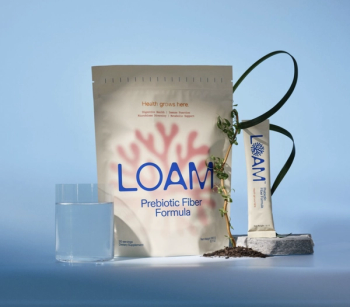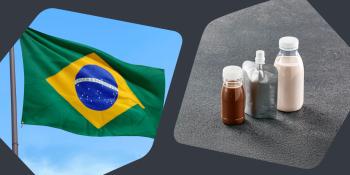
|Slideshows|March 19, 2018
- Nutritional Outlook Vol. 21, No 3
- Volume 21
- Issue 3
7 Sports Drinks Trends to Watch in 2018
Author(s)Mike Straus
The sports drinks market is continuing to diversify, with consumers driving demand for healthier sports drinks products. This demand for healthy drinks-coupled with growing niches that have very specific functional needs-is likely to open up new opportunities for brands that fine-tune their formulations and marketing in response.
Advertisement
Articles in this issue
over 7 years ago
Pet Food Trends: Clean Label, Grains, Health Benefits, and Moreover 7 years ago
Vitamin D Benefits for Pain Managementover 7 years ago
New Hidden Stimulants Surface in Sports Dietary Supplementsover 7 years ago
Asia Pacific Is Sports Nutrition’s Next Hot Spotover 7 years ago
Natoli Acquires Carlisle Precision Machining EncapsulationNewsletter
From ingredient science to consumer trends, get the intel you need to stay competitive in the nutrition space—subscribe now to Nutritional Outlook.
Advertisement
Advertisement
Advertisement
Trending on Nutritional Outlook - Supplement, Food & Beverage Manufacturing Trends
1
Artemis International: 30 Years of Science-Backed Berry and Botanical Innovation
2
Certifications, Clinical Trials, and Consumer Trust: How SGS NutriSource Serves the Industry
3
Pycnogenol supplementation effective for lipedema symptom reduction, new clinical trial demonstrates
4
A Leader for the Times: NOW Health Group's Jim Emme on Thoughtful Leadership
5





